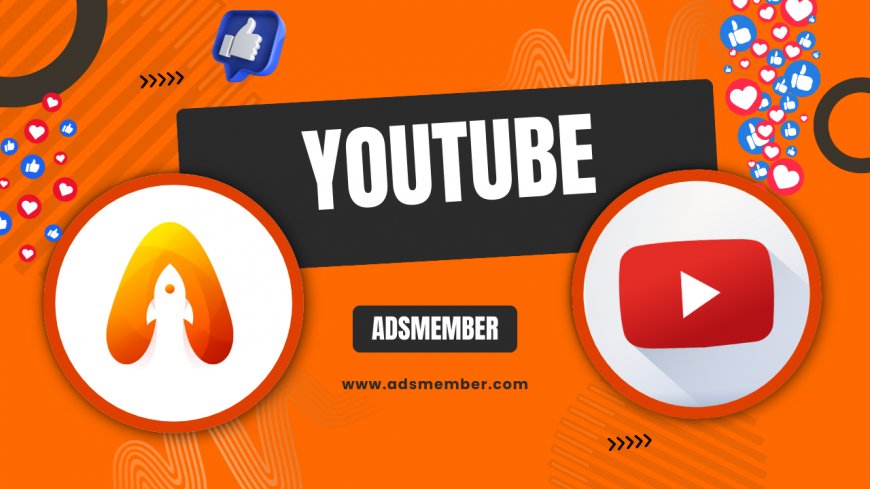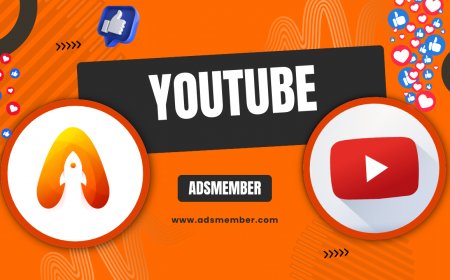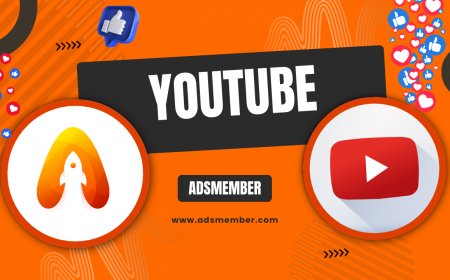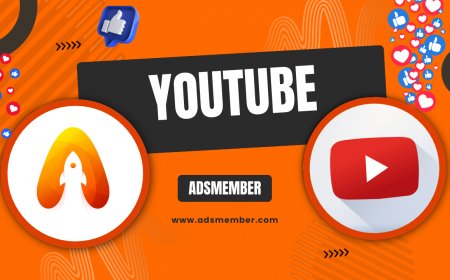Exploring YouTube Alternatives for Creators and Viewers
Discover the best YouTube alternatives for creators and viewers. Explore platforms like Vimeo, Rumble, and Odysee with unique features, monetization options…

Let’s face it—youtube-to-wav-simple-guide-and-tools">YouTube is the giant of video sharing, but it’s not the only player in town. Whether you’re a creator frustrated with strict monetization rules or a viewer craving fresh content without endless ads, exploring YouTube alternatives can open new doors. Honestly, I’ve spent hours diving into other platforms, and some hidden gems truly stand out. From Vimeo’s artsy vibe to Rumble’s free-speech focus, there’s something for everyone. In this guide, I’ll break down the top options, share personal insights, and give you actionable tips to find the right fit. Let’s dive in and see what’s beyond YouTube’s algorithm!
Why Look for YouTube Alternatives?
YouTube dominates with over 2.5 billion monthly active users, according to Statista (Statista), but it’s not perfect. Creators often grumble about demonetization, while viewers dislike intrusive ads. In my opinion, these frustrations push us to seek platforms that prioritize user experience or creative freedom. Maybe you want better revenue splits or a niche community. Whatever the reason, alternatives can offer unique perks YouTube can’t match.
Common Pain Points with YouTube
Let’s be real—YouTube’s policies can feel like a maze. Demonetization hits hard when videos get flagged for minor issues. Plus, the ad overload annoys viewers. I’ve seen creators lose income overnight due to algorithm changes. And don’t get me started on the pressure to churn out clickbait just to stay visible. These issues make alternatives worth a serious look.
Top YouTube Alternatives to Explore
Here’s a curated list of platforms shaking up the video-sharing space. I’ve tested most of these myself, and each offers something unique. Whether you’re a creator or a casual viewer, there’s likely a fit for you. Let’s break them down.
Vimeo: The Creative Haven
Vimeo feels like a breath of fresh air for artists and filmmakers. Unlike YouTube, it’s ad-free for viewers, focusing on high-quality content. Creators get robust tools like customizable players and analytics. I love how it fosters a professional vibe—perfect for portfolios. However, monetization isn’t as straightforward as YouTube’s Partner Program. Check out more on building your brand with video at Video Marketing Tips.
Rumble: Freedom-First Platform
Rumble markets itself as a free-speech alternative, appealing to creators wary of censorship. It’s gained traction with political and controversial content creators. Honestly, I find its interface clunky compared to YouTube, but the revenue share is generous—up to 60% on subscriptions. It’s a solid pick if community guidelines on other platforms feel too restrictive.
Odysee: Blockchain-Based Innovation
Odysee is a lesser-known gem built on blockchain tech via the LBRY protocol. It rewards creators and viewers with cryptocurrency for engagement. I was skeptical at first, but after uploading a test video, I earned a few cents just from views! It’s decentralized, meaning less control by big tech. The downside? Its audience is still small compared to YouTube’s billions.
Step-by-Step Guide to Switching Platforms
Transitioning from YouTube to an alternative can feel daunting, but it doesn’t have to be. I’ve done this myself with a side channel on Vimeo, and here’s how to make it smooth. Follow these steps to test the waters without losing your audience.
- Research Your Options: Identify platforms aligning with your niche. Vimeo suits creatives; Rumble works for opinion-driven content.
- Create a Profile: Set up accounts on 2–3 platforms. Use consistent branding—same name, logo, and bio.
- Upload Test Content: Repurpose old videos or create exclusive content to gauge audience response.
- Analyze Engagement: Use built-in analytics to track views, likes, and comments over 30 days.
- Promote Cross-Platform: Link your new profiles in YouTube descriptions to drive traffic.
Unique Insights: What Most Guides Miss
Here’s something I’ve noticed after experimenting with YouTube alternatives—community matters more than features. Platforms like Odysee thrive on tight-knit, engaged users, even if their numbers are small. Also, don’t sleep on hybrid strategies. I know a creator who uses Vimeo for premium content and Rumble for free uploads, doubling their reach. This mix-and-match approach can maximize exposure while hedging against platform risks like bans or algorithm shifts. It’s a game-changer most don’t talk about.
Case Study: A Creator’s Switch to Rumble
I recently chatted with a small political commentator who ditched YouTube for Rumble after repeated demonetization. Within three months, they regained 80% of their audience and earned 30% more per view thanks to Rumble’s split. The key? They leaned into the platform’s audience, tailoring content to hot-button issues. It’s proof that niche platforms can pay off if you adapt.
Visualizing the Comparison
FAQ: Your Burning Questions Answered
1. What is the best YouTube alternative for monetization?
Rumble often tops the list with its 60% revenue share on subscriptions and video views. Unlike YouTube’s strict thresholds, it’s easier to start earning. However, your niche matters—Vimeo’s subscription model might suit premium content better.
2. Are YouTube alternatives safe to use?
Most platforms like Vimeo and Odysee are safe, with clear privacy policies. However, lesser-regulated ones like Rumble may host controversial content. Always review terms of service and secure your account with strong passwords.
3. Can I use multiple video platforms at once?
Absolutely! Many creators, including myself, upload to multiple platforms to diversify income and reach. Just ensure content fits each platform’s audience—artsy on Vimeo, opinionated on Rumble.
4. Do YouTube alternatives have smaller audiences?
Yes, most do. YouTube’s 2.5 billion users dwarf Vimeo’s 260 million or Rumble’s 50 million (Statista estimates). But smaller platforms often mean less competition and more engaged communities.
5. How do I migrate my YouTube content to another platform?
Download your videos from YouTube Studio, then re-upload to the new platform. Use tools like TubeBuddy to bulk export descriptions and tags. Cross-promote on social media to bring your audience along.
What's Your Reaction?
 Like
0
Like
0
 Dislike
0
Dislike
0
 Love
0
Love
0
 Funny
0
Funny
0
 Angry
0
Angry
0
 Sad
0
Sad
0
 Wow
0
Wow
0

















































